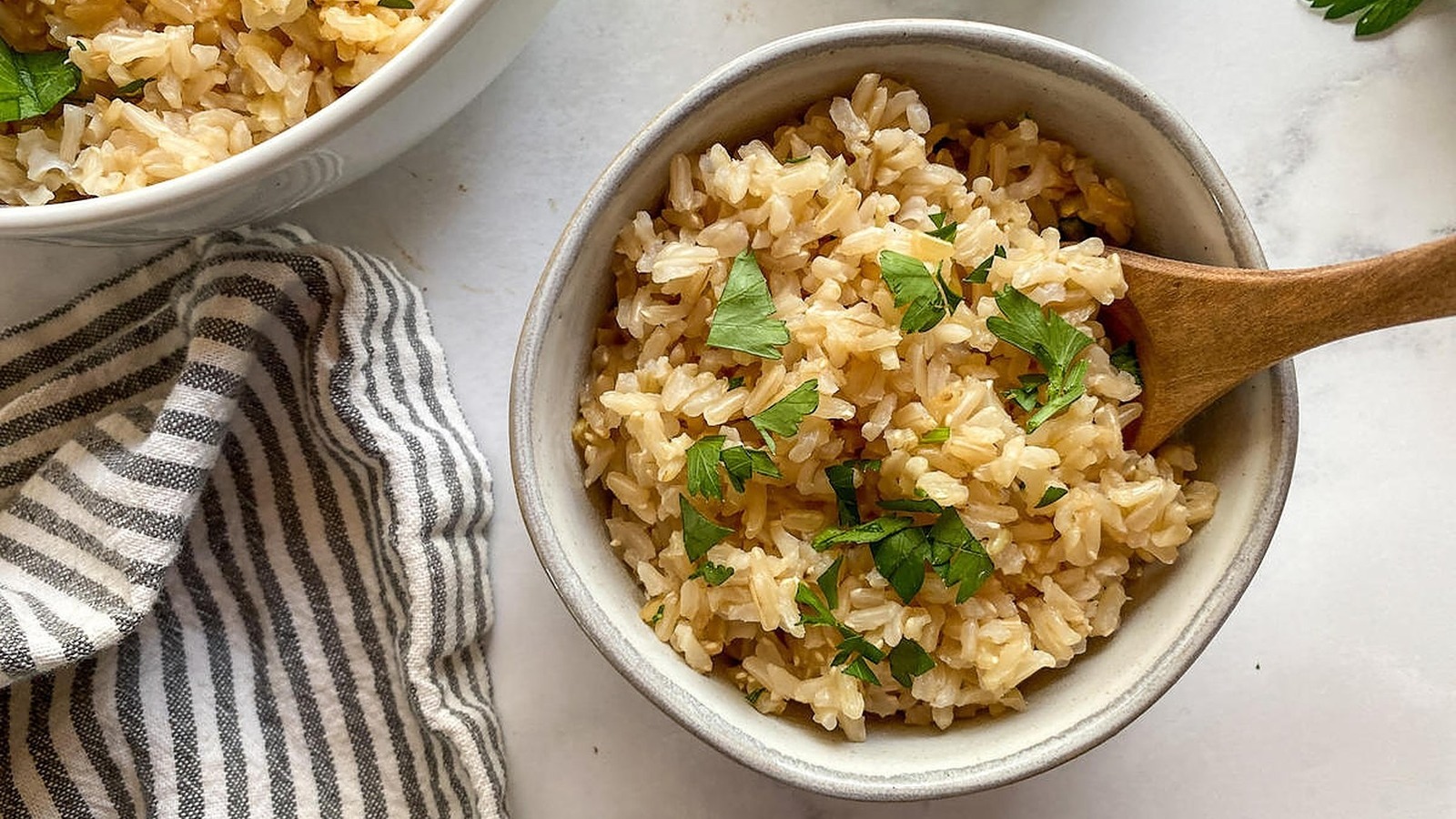The Ultimate Kimchi Rice Recipe: A Flavor Explosion for Your Palate
Written By James Morgan
Are you ready to delve into the delicious and diverse world of Korean cuisine? Today, we'll explore the bold, tangy, and multifaceted flavors of a kimchi rice recipe that will leave you craving for more. This dish is beloved by many for its straightforward preparation and the incredible depth of flavors it offers with every bite.

Why Kimchi Rice?
Kimchi rice is a flavorful wonder, bringing together the nutty aroma of rice and the spicy, tangy magic of kimchi. Kimchi, a traditional Korean fermented vegetable dish, typically made with cabbage and Korean radishes, is the star of this recipe. The fusion of these simple yet dynamic ingredients results in a harmonious blend that is both comfort food and a culinary adventure.
:max_bytes(150000):strip_icc()/__opt__aboutcom__coeus__resources__content_migration__simply_recipes__uploads__2020__02__Pork-Fried-Rice-Lead-2-6ab91efab88f497aa4bb28de3ff526ec.jpg)
History and Cultural Significance of Kimchi Rice
The origins of kimchi can be traced back several centuries when Koreans developed fermentation techniques to preserve vegetables for harsh winters. The addition of kimchi to rice is believed to have emerged as a creative way to use leftovers, preventing food wastage while offering a nutritious and delicious meal. Over time, kimchi rice has evolved and adapted, becoming a beloved staple in Korean households and beyond.

Essential Ingredients for the Perfect Kimchi Rice
- 2 cups of cooked rice (preferably day-old for better texture)
- 1 cup chopped kimchi (with some kimchi juice)
- 2 tablespoons of kimchi juice (adds extra flavor)
- 1 tablespoon of soy sauce
- 1 tablespoon of sesame oil
- 1 tablespoon of vegetable oil
- 2 cloves garlic, minced
- 1 green onion, chopped
- Optional: 1 tablespoon of gochujang (Korean red pepper paste)
- Kimchi Fried Rice Master Recipe
- 1 tablespoon of rice vinegar
- 1-2 teaspoons of toasted sesame seeds
- 2 fried eggs (for a perfect topping)

Step-by-Step Instructions: Creating the Flair
Preparation
Start by gathering all your ingredients and ensuring you have a well-organized workspace. You'll want to use a sharp knife set and a sturdy cutting board to chop your kimchi and vegetables.
Cooking the Rice
If you don't already have cooked rice, use a rice cooker to make fresh rice. Day-old rice is recommended because it holds its shape and texture better when stir-fried. For more rice recipes, check out our Jasmine White Rice recipe.
Sauting Ingredients
In a large pan, heat your vegetable oil over medium-high heat. Add the minced garlic and saut until fragrant, being careful not to burn it. Next, add the chopped kimchi and continue to saut, allowing the kimchi to caramelize slightly and release its tangy, spicy aroma.
Combining Flavors
Add the cooked rice to the pan, breaking up any clumps to ensure an even mix with the kimchi. Pour in the kimchi juice, soy sauce, and gochujang if you're using it. Stir everything together until well combined. Let the flavors meld as the rice absorbs the delicious, spicy kimchi juice. Cook for a few minutes, making sure the rice is evenly heated and nicely coated.
Finishing Touches
To enhance the richness, drizzle sesame oil over the top and give it a final stir. Sprinkle chopped green onions and toasted sesame seeds for an added crunch and burst of flavor. Serve piping hot, topped with a perfectly fried egg for that traditional touch. The runny yolk blends beautifully with the savory kimchi rice, each bite offering a unique and enchanting experience.
Pro Tips for Mastering Kimchi Rice
Choose the Right Kimchi
Select kimchi based on your heat tolerance and preference. Traditional napa cabbage kimchi is always a hit, but try experimenting with other varieties like radish or cucumber kimchi for a fun twist.
Use Day-Old Rice
Freshly cooked rice can be too sticky for stir-fries. Day-old rice has a firmer texture, making it ideal for this dish. If you only have fresh rice, spread it out on a baking sheet to cool and let it air dry for a bit before using.
Customizing Your Kimchi Rice
Don't hesitate to add proteins such as diced chicken, pork, or shrimp to your kimchi rice. Vegetables like carrots, peas, and bell peppers can also elevate the dish. If you're vegan, tofu is a wonderful substitute and absorbs the flavors impeccably. Explore more options in our article on using tofu in dishes.
Serving Suggestions
Pair with Korean Side Dishes (Banchan)
Enhance your meal with a variety of Korean side dishes known as banchan. Popular options include pickled vegetables, steamed spinach, and spicy radish salad. Check out our recommendations for top banchan dishes.
Beverage Pairings
A cold beer or soju complements kimchi rice beautifully. If you're leaning towards non-alcoholic options, try a refreshing Korean barley tea or a simple glass of chilled water.
The Health Benefits of Kimchi Rice
Kimchi rice isn't just tasty, it's packed with nutrition. Kimchi boasts probiotics that aid in digestion and promote gut health. It's rich in vitamins A, B, and C, and provides a source of dietary fiber. Rice itself is a great source of energy and when combined with kimchi and additional vegetables, you're looking at a balanced meal that's as nutritious as it is delightful. Learn more about the health benefits of different rice dishes in our health benefits article.
Conclusion: The Perfect Way to End Your Culinary Journey
With this kimchi rice recipe, you not only expand your culinary skills but also immerse yourself in a rich cultural experience. Each tantalizing bite tells a story of tradition, innovation, and flavor.
Ready to enhance your cooking tools? Check out these essential gadgets to keep your kitchen in top shape:
As an Amazon Associate, I earn from qualifying purchases.



